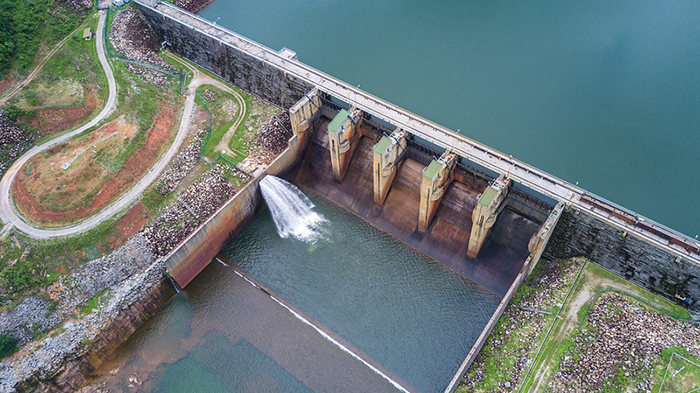
Lao PDR Highlights Dam Safety as Electricity Export Grows
As the Lao People’s Democratic Republic (PDR) increases its electricity exports, the country is prioritizing safety improvement of its dams. A committee comprising local and foreign experts will conduct dam safety inspections, according to news by the Laotian Times. The Government is also implementing new safety measures and standards.
Lao PDR derives substantial economic gains from selling excess power to its neighbors in the Greater Mekong Subregion (GMS), as well as to other ASEAN countries, such as Malaysia and Singapore. Over the last 5 years, the country has increased its electricity exports by 145%.
The Government plans to inspect large- and small-scale hydropower projects across the country. By increasing dam safety, the country hopes it will help further boost the country’s electricity export to its foreign trading partners, while safeguarding the people living downstream, noted news reports.
Lao PDR's electricity export in the GMS
Lao PDR is a leader in electricity exports in the GMS. In 2016–2020, it has expanded its capacity for electricity export to 6,457 megawatts. Below is a run through of its current and planned energy export in the GMS and Malaysia:
- With Cambodia, Lao PDR signed an energy cooperation development agreement of 6,000 MW by 2030 in 2019;
- With Myanmar, Lao PDR sells 10 MW of electricity per year. It aims to sell 20 MW more by 2022. The Governments of both countries signed a cooperation contract on the purchase of 100 MW of power in 2023, and 300 MW in 2025;
- With Thailand, Lao PDR supplies over 5,620 MW of electricity. The Ministry of Energy and Mines plans to increase this by 1,000 MW via the Nam Theun hydropower 1 plant and the Nam Ngum hydropower 3 plants;
- With Viet Nam, Lao PDR exports over 570 M, with plans to increase this by 1,000 MW in 2020; 3,000 MW in 2025; and 5,000 MW by 2030; and
- With Malaysia, Lao PDR exports 100 MW of electricity through Thailand. The country expects to sell 300 MW more in 2020.
